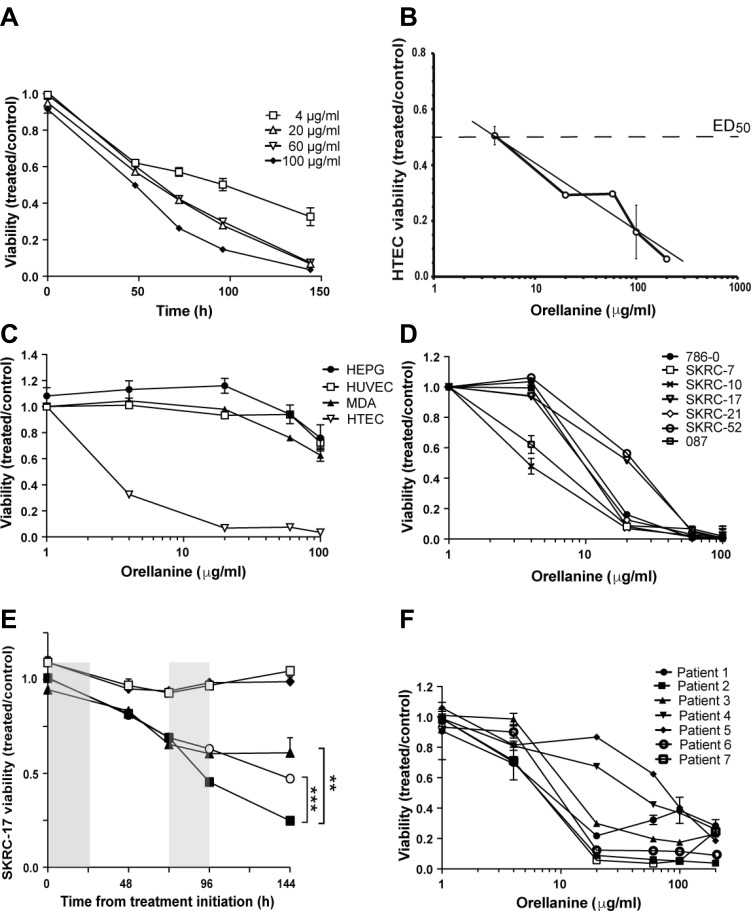Figure 1. Orellanine is selectively toxic to human tubular epithelial cells and clear cell renal carcinoma cells.
(A) Viability of HTEC treated for 24 hours with orellanine, normalized to vehicle treated control (n = 6, mean ± SEM). (B) HTEC were exposed to different concentrations of orellanine for 24 hours and their viability was estimated using Alamar Blue technique at 72 hours, n = 6 for each data point. ED50 equals 4.1 ± 1.2 μg/ml. (C) Viability of HTEC, liver cells (HEPG2), breast cancer cells (MDA-MB-231) and HUVEC at 144 hours post 24 hour orellanine treatment (n = 6, mean ± SEM). (D) Viability of orellanine-treated ccRCC cell lines at 144 h, normalized to vehicle-treated controls (n = 6). One of the the two cell lines showing lowest sensitivity in vitro (SKRC-17 ) was chosen for the in vivo experiments. (E) The SKRC-17 cells were exposed to different concentrations of orellanine for 24 hours. The graphs represent repeated incubation at the doses (♦ 4 and ○ 20 μg/ml), single treatment (□ 4 and ▲ 20 μg/ml) and doubling of the incubation time from 24 to 48 hours (■ 20 μg/ml), respectively. (F) Orellanine treatment of primary renal cancer cells obtained from 7 patients with clear cell RCC. Data are presented as mean ± SEM and p-values are determined by one way ANOVA with Tukey’s post hoc test, where p < 0.05 was considered significant, **p < 0.01 ***, p < 0.001.

